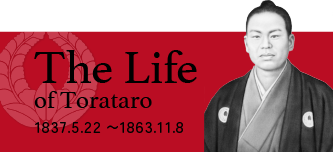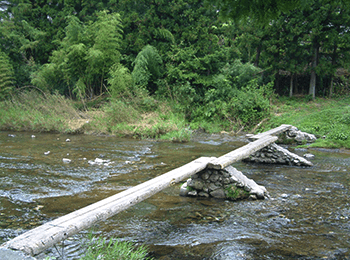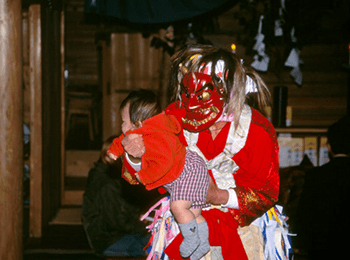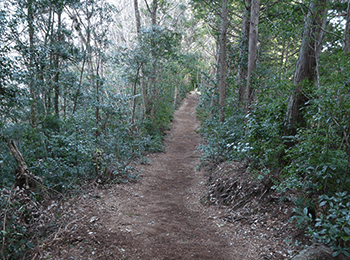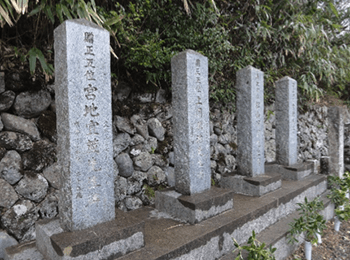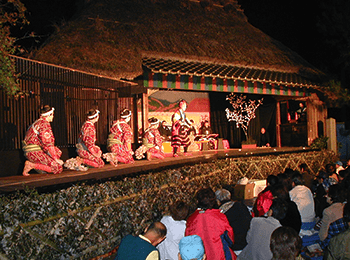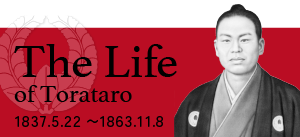Ippon-bashi (log bridge) in Hayase
The clear waters of the Shimanto River flow right in front of Torataro Yoshimura's birthplace. The Ippon-bashi is built over the Shimanto River. It's a very simple structure, just a log that's laid over pilings , but it can float when the river's water level is high, which prevents the bridge from acting as a dam and creating floods. It's not wise to try to fight the violence of nature. It is said that such ippon-bashi are the prototype for the sunken bridges seen in the Shimanto River.


